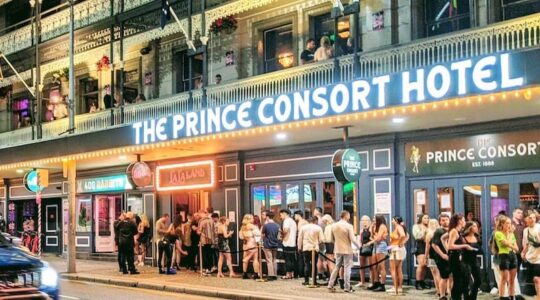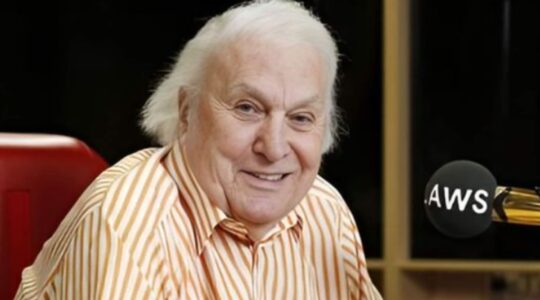The high cost of music events are steering Australians away from seeing local artists and leading to increased pre-loading and drug taking.
These are among the key findings in the first of a series of reports from Music Australia which provides insights into how Australians discover and consume music.
The Listening In: Insights on live music attendance report found cost was the primary barrier to Australians attending live music events.
It stated that cost of tickets was not the only financial barrier, but also that associated expenses, including travel, accommodation and food and drinks at the venue, all added up and reduced the accessibility of some live music events.
The report called out the fact that the high costs for alcoholic drinks at live music events had compelled some to change their drinking habits.
“While most music-engaged participants often or always drink alcohol at live music events, a proportion are choosing to only drink beforehand or find other ways to heighten their experience,” it stated.
The report also found while there was a desire to support Australian music, financial considerations again came into play.
“Australian music is highly valued and may be easier to see live than international acts, but while there is a keenness to see more Australian live music, many may be prioritising rare international acts as they are seen as a ‘once in a lifetime’ opportunity.”
The report found attendance was increasing for live music at major venues and festivals, but there was declining attendance for live music at pubs and clubs, which were fertile grounds for local musicians to grow their audience.
Other key findings included:
- Music was important to the majority of Australians: Younger music-engaged participants, in particular, recognised the positive impact live music had on their relationships, a sense of community and belonging, and on their mental health and wellbeing.
- While cost of living was concerning many young Australians, there was a willingness to spend money on the things that mattered to them, and some were prepared to ‘break the bank’ to attend live music gigs: Despite feeling less financially secure, young Australians were spending larger sums on entertainment and leisure in 2024 than they were in 2019. Most music-engaged people were saving up to attend live music events that were important to them, prioritising these costs over other expenses.
- There were other more subtle trends that seemed to be sitting behind a lot of behaviour, including lack of interest, limited awareness of events and sentiment that some areas were served better live music offerings than others: Those living outside the major centres were feeling underserved when it comes to live music offerings in their area.
Music Australia said the series of reports would provide insights into how Australians discovered and consumed music, along with audiences’ wider attitudes, behaviours and preferences.
“Over the past decade, social, economic and other technological transformations have played a strong hand in reshaping music engagement,” the industry body said.
“Understanding the ways in which Australians are responding to transformations to the music industry is critical for the work of Music Australia.
“Especially important is a better understanding of how Australians are engaging with Australian music, along with the opportunities for increasing that connection to and support for local artists.”
The final two reports in the series will be released in June.








